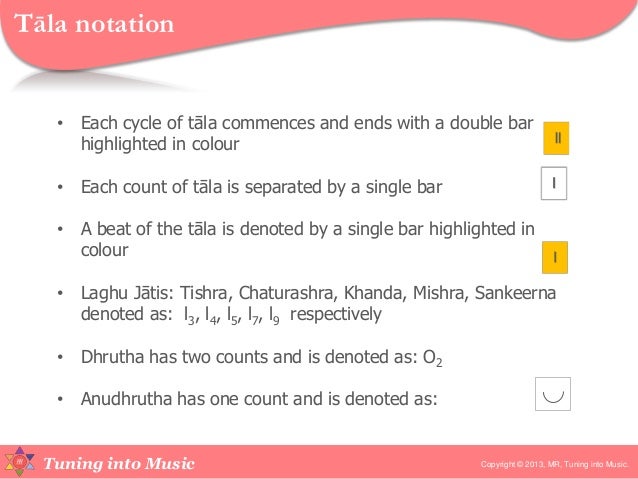Carnatic Music Notations Download

Haathi Carnatic Editor is a revolutionary Carnatic music. Standard notation for varnams/krithis in published books will. Download Haathi Carnatic Products.
• • 6.3k Downloads • Abstract Indian classical music, including its two varieties, Carnatic and Hindustani music, has a rich music tradition and enjoys a wide audience from various parts of the world. The Carnatic music which is more popular in South India still continues to be uninfluenced by other music traditions and is one of the purest forms of Indian music. Like other music traditions, Carnatic music also has developed its musicography, out of which, a notation system called Sargam is most commonly practiced.
This paper deals with development of a music representation or encoding system for the Sargam notation scheme which enables easy music notation storage, publishing, and retrieval using computers. This work follows a novel idea of developing a Unicode-based encoding logic and allows storage and easy retrieval of music notation files in a computer. As opposed to many existing music representation systems for western music notation, iSargam is the only music notation encoding system developed for Indian music notation. Music information representation systems, in general, encompass musical information contained in music notation or recordings. Since the whole purpose of music representation is computer analysis, retrieval, or synthesis, most of the representation systems focused on representation of musical notation, particularly, the Common Western Notation (CWN), because of its effectiveness in representing discrete elements of music. Thus, many systems like ENP [ ], LilyPond [ ], Humdrum [ ], Guido [ ], and Cadenza [ ] used ASCII-based textual descriptions of western music notations.
Similarly, music representations for non-CWN systems like Gregorian chant, Django for tabulature, GOODFEE for Braille notation etc. Also developed [ ]. An example of a Gregorian chant is given in Fig. Another recent trend was the development of Web-viewable notation applications such as Scorch by Sibelius software and ScoreSVG [ ]. 1 Example of a Gregorian chant, an excerpt from “Antiphonale Monasticum” by Solesmes, licensed under Creative Commons [ ] The textual descriptions of music notations can be further classified as record-based, command-based, symbolic codes, and LISP-based. While systems like DARMS [ ], Guido [ ] etc.
Used symbolic codes, systems like CMN [ ] used command-based representations. A few examples of LISP-based representations are MUZACS [ ], Rhythm-Editor of Patch Work [ ], and CMN [ ]. Also, to take advantage of XML features like structuring and portability, many popular XML-based notations like MusicXML [ ], MEI [ ] [ ], and WEDELMUSIC [ ] emerged. 2 Background and history. Indian classical music is one of the oldest music traditions in the world, and it enjoys the next position to western music in its popularity.
The music tradition of India can be divided into two large traditions, namely, Hindustani and Carnatic music. The Hindustani classical music which is predominant in the northern part of the Indian subcontinent, originates from the ancient Vedic, Persian, and many folk traditions. While the Carnatic classical music, uninfluenced by non-Indian music traditions, is the purest form of Indian music and is prevalent in the southern parts of the Indian subcontinent. It is generally homophonic in nature with emphasis on vocal music. If performed on an instrument, it assumes a singing style. Carnatic music is usually performed by an ensemble of musicians consisting of a principal performer, usually a vocalist, accompanied by a rhythm instrument, melodic instrument, and a monophonic drone instrument.
The tradition of using music notations for singing was practiced from Vedic times. Kerbal Space Program 0.90.0 Beta Linux. But there was no uniformity in the notation system used from time to time.
However, all the notations developed so far can be classified as script as opposed to staff notation used for western music. Different systems of notation were prevalent in each period of history in both Carnatic and Hindustani traditions. Also, many notation systems existed in parallel. In regard to Carnatic music, there were two popular notation systems, viz, the old notation and modern notation. The old notation, as the name implies, can be found in many ancient books, including the “Sangita Sampradaya Pradishini” [ ] written by the late Subbarama Diksitar, a popular music theorist.